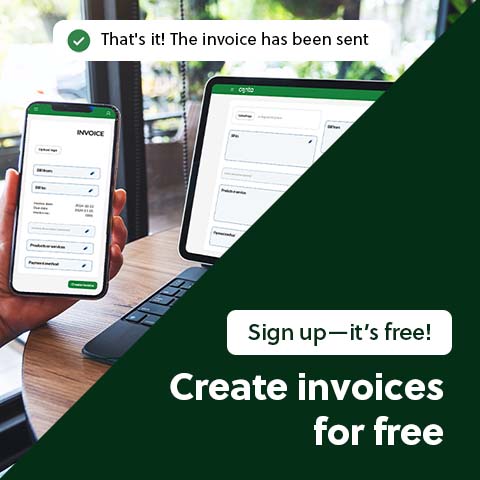A supplier is an individual or a company that you buy goods and services from. A supplier can also be called a vendor.
The supplier can supply anything from equipment, furniture, raw materials, IT services, or goods that you intend to resell. For example, a clothing store has suppliers that they purchase clothes from to sell in store.
You can also have suppliers that supply you with services, that you then invoice your client for, for example if you have a construction business, you could hire another company to complete part of the work on your behalf. These suppliers are usually called subcontractors.
You should keep an overview of all your suppliers, called a suppler list.
The difference between supplier, vendor, and producer
These terms are often used interchangeably, but they have slightly different meanings.
Supplier
This term is often used for a business who forms part of a supply chain. We refer specifically to B2B or business-to-business sales. For example, if you purchase cloth or other raw materials from a business, in order to sew jackets, the cloth seller would be your supplier.
Producer
A producer is someone who makes goods. In the example above, you would be the producer, because you create jackets that you sell. Another example of a producer could be a farmer who harvests crops and sells them onto a vendor.
Vendor
A vendor is an individual or a business that buys finished goods to sell them. It could be for example a business that buys goods from a farmer, and then sells them to local restaurants.
In small companies, the producer and supplier are usually the same. It’s also important to note that these terms are used interchangeably, and that in general, you can refer to businesses that you buy goods and services from as suppliers.
Get invoices or receipts from your suppliers
If you buy a product or a service, you’ll usually receive an invoice from the supplier and pay later. Sometimes you pay in cash or card at the time of the purchase, and then you need to request a receipt. This is because you have to bookkeep all your purchases.
You can also get tax deductions on all your business purchases, so long as they’re related to the business, and so long as you have receipts, invoices or other sales documents to back it up.

